A structured onboarding process that boosts retention, engagement, and productivity.
Imagine this — you’ve spent weeks searching for the perfect candidate. After multiple interviews and negotiations, they finally accept your offer. But once they start, things don’t go as planned. There’s no structured introduction, their role isn’t clearly defined, and they struggle to integrate with the team.
A few months in, they seem disengaged, make costly mistakes, and eventually leave — forcing you to restart the hiring process all over again.
This is a common challenge for New Zealand SMEs, where onboarding is often treated as an afterthought. Unlike large organisations with HR departments and formal training programs, SME owners and managers often assume new hires will “figure it out” as they go.
But without structured onboarding, new employees can quickly feel lost, unsupported, and disconnected. The result? Low productivity, higher turnover, and a negative impact on team morale.
Research shows that a strong onboarding process can improve new hire retention by up to 82% — saving SMEs significant time and money in the long run.
The solution – a structured onboarding plan
Successful onboarding isn’t just about ticking boxes or handling paperwork. It’s about setting up new employees for long-term success. A thoughtful, structured process ensures new hires feel welcomed, understand their role, and integrate seamlessly into your business.
Here’s a step-by-step guide to doing it right:
1. Preboarding – set the stage for success
The onboarding process should begin before the employee’s first day. Sending a warm welcome email with key details helps ease first-day nerves and shows new hires they’re valued from the start.
Consider including:
A copy of the employment agreement and key company policies
A short introduction to your business — mission, values, and team structure
First-day logistics (start time, dress code, what to bring, parking info)
A personal welcome message from their manager or team
Our HR team can help you create a clear, compliant preboarding checklist so nothing falls through the cracks.
2. Create a structured first day
The first day can be overwhelming, so having a clear plan is crucial. A structured approach might include:
A friendly welcome meeting with their manager or mentor
A guided tour of the workplace and introductions to key team members
Setting up workstations, access to systems, and essential tools
A casual coffee or lunch with colleagues to build early connections
First impressions matter — and HR support ensures the process runs smoothly.
3. Clarify roles and expectations
One of the biggest onboarding mistakes is failing to clearly define a new employee’s role. From day one, set clear expectations by:
Outlining key responsibilities and short-term goals
Explaining how their role contributes to your overall success
Providing a 90-day roadmap so they understand what’s expected at each stage
This not only boosts confidence but also improves accountability and performance. For help developing clear job descriptions or performance plans, talk to our HR consultants.
4. Provide training and support
Many SMEs assume new hires will learn on the job, but structured training significantly improves performance and engagement. Consider:
Assigning a mentor or “buddy” for guidance
Offering hands-on training specific to the role
Scheduling regular check-ins to provide feedback and support
Our Training & Development solutions are designed to help businesses like yours upskill new employees effectively and confidently.
5. Foster a sense of belonging
Workplace culture plays a major role in retention. Make new employees feel part of the team by:
Involving them in meetings and discussions early
Encouraging open communication and feedback
Recognising early wins to build confidence and motivation
A positive onboarding experience shapes how new hires view your business — and can be supported by thoughtful HR systems and Business Advisory planning.
Reflective scenario – what would you do?
Imagine you’ve just hired a new sales assistant. They’re eager to learn but, after a few weeks, they seem hesitant to ask questions and are struggling with basic tasks. You later find out they were never properly trained on your sales systems and feel isolated from the team.
Using the strategies above, you could have:
Assigned a mentor to provide day-to-day support
Provided a clear training plan for using the sales system
Scheduled regular check-ins to identify and solve problems early
A structured onboarding plan ensures employees feel confident, valued, and ready to contribute from day one.
Golden nugget
“A great onboarding experience isn’t just about making a new hire feel welcome — it’s about setting them up for long-term success.”
Investing in a structured onboarding process leads to higher retention, improved performance, and a stronger team dynamic. In an SME — where every employee plays a vital role — effective onboarding isn’t optional; it’s essential.
If you’d like help building a compliant, consistent onboarding system, connect with our HR team or Training & Development specialists today.




